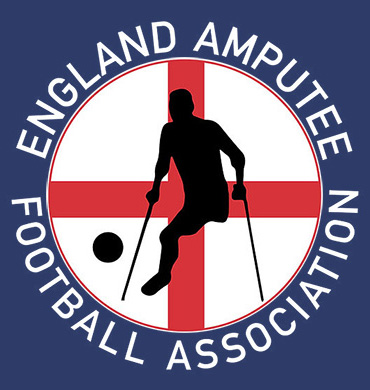Desk exercises: simple and effective workouts to try
According to Workplace Insight, 80% of workers sit at their desks for between four to eight hours a day. This equates to an overwhelming 67 sedentary days per year for each person. To make matters worse for office workers, office and technology manufacturer, Fellowes, released pictures of what the future holds of the average office worker in 2030. The experts at Fellowes believe office workers will suffer from varicose veins, have a hunched back due to the position they’re sat in daily, red eyes from looking at a computer screen and overweight due to the sedentary nature of an office job. If you’re one of many UK workers currently working from home due to coronavirus, these exercises can easily be carried out in your home office, too. P.S. If you thought our blister prevention pads were only for your trainers - think again! You can position the PelliTec blister pad in your work shoe. Watch this video and learn how to position them in your shoe. Chair dips/tricep dips This exercise is easy, and you don’t even have to leave your seat. Chair dip or tricep dip movements help you work out the muscles at the top of your arms. To perform this exercise, you need a chair that doesn’t have wheels, or has wheels you can lock - you don’t want to be rolling backwards! Shuffle forwards on your chair and hold the edge of your seat with your palms. Keeping your legs straight or bent, lower yourself with your arms toward the floor, and lift back up again. Repeat this motion 10-15 times. According to Healthline, this movement is one used every day when lifting shopping bags or reaching for items overhead, and the muscle also helps to stabilise the shoulder joint. Take the stairs or go for a walk If your office block has a lift, take the stairs. This small swap in your daily routine can help you elevate your heart rate and get your moving more. If this isn’t an option, or you want to complete more physical exercise - take a walk. Your lunch break is the optimum time to give your eyes a rest from your computer screen and to escape the stress of your working day. Most offices allow employees an hour or a 30-minute lunch break - this is plenty of time to get your daily exercise in. Go for a brisk walk around the block - you’ll feel more energised after the bout of fresh air. (Don’t forget to keep blisters at bay with PelliTec!) Read our next blog post if you’re wondering what you should eat before and after your workout. Swivel chair ab workout If you’ve got a swivel chair and the office flooring is carpet or non-slippery - then this workout is for you! This exercise targets your obliques - abdominal muscles. Not only does having toned oblique muscles look good - they’re also great in supporting your back and overall posture - perfect for office workers [...]



